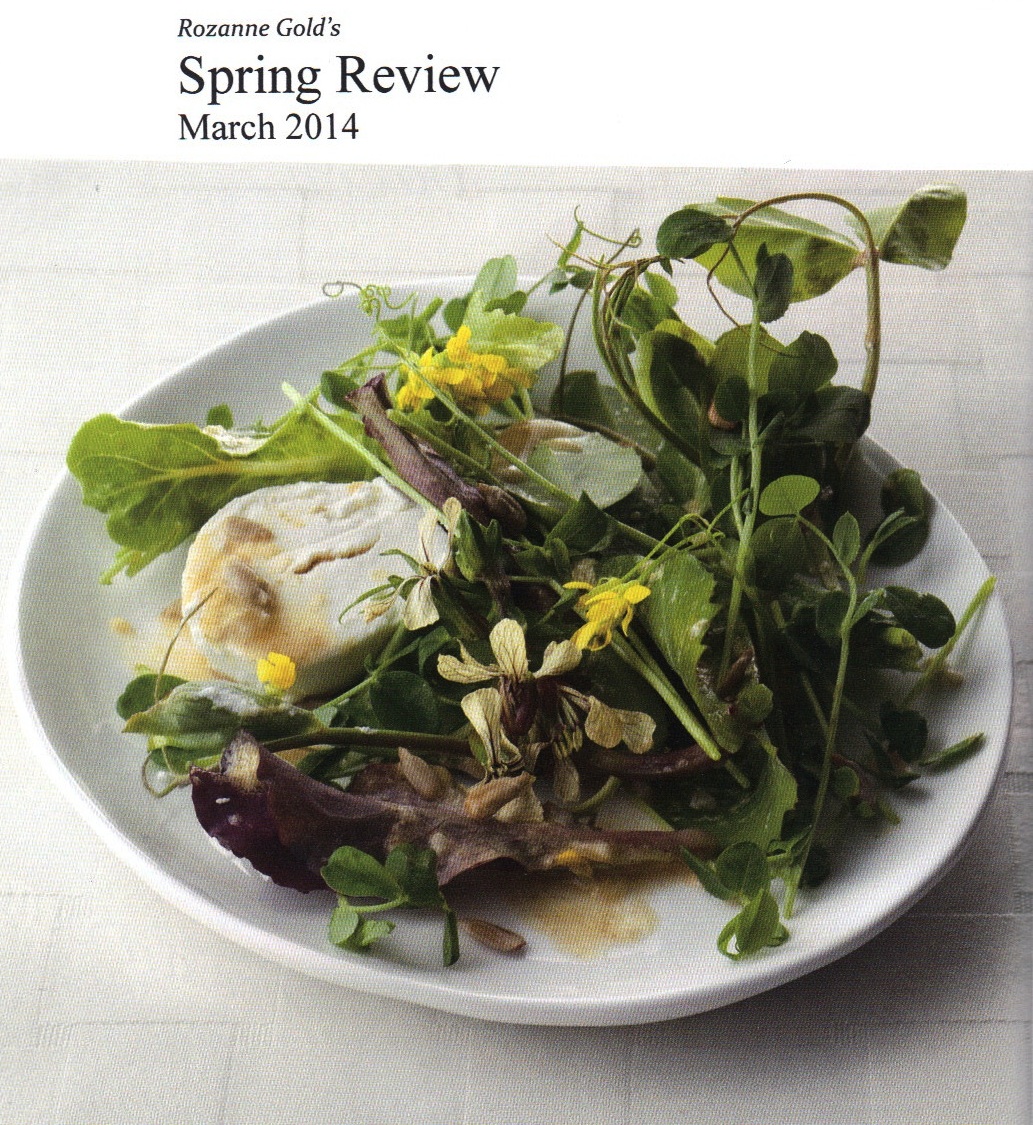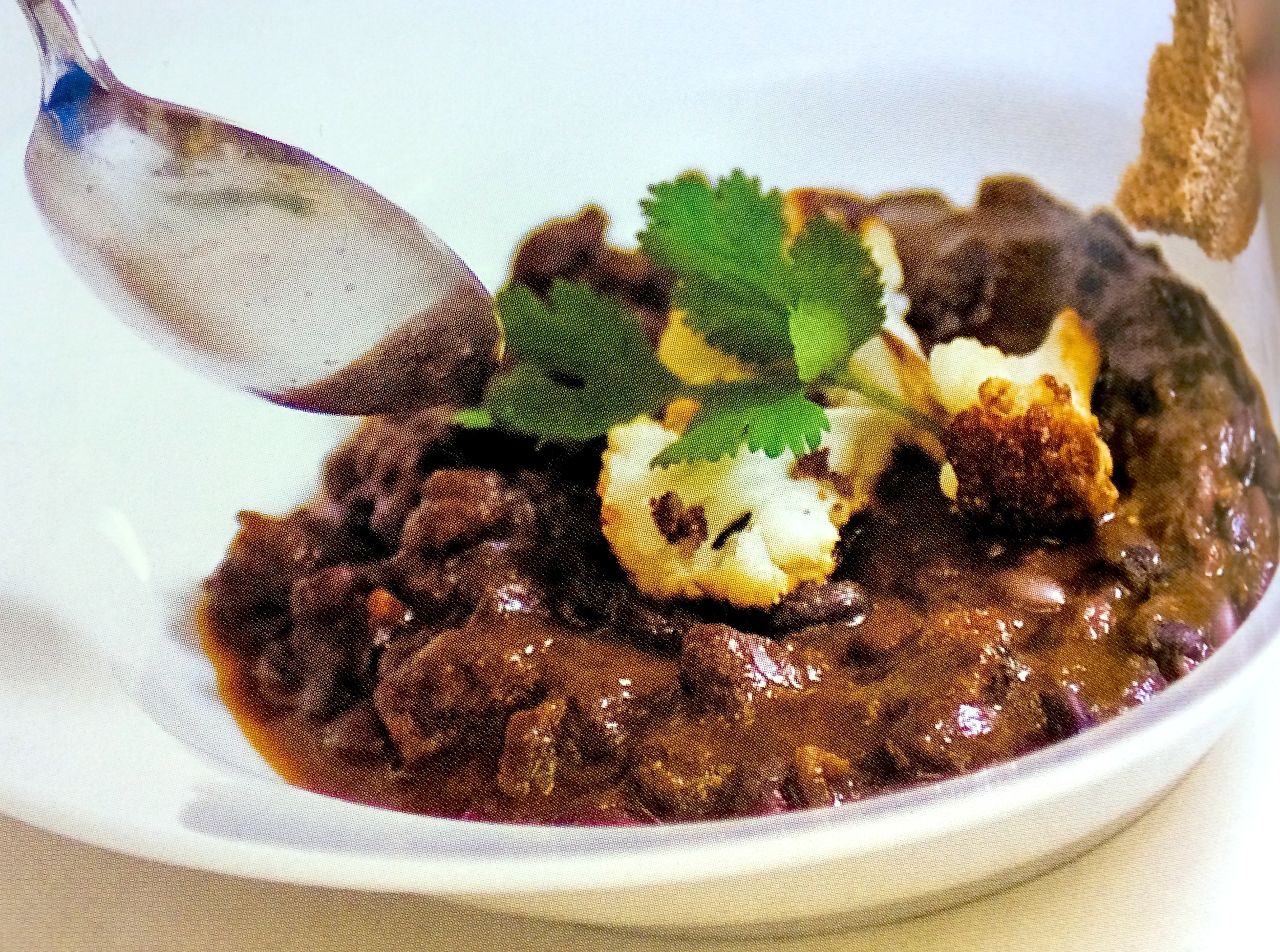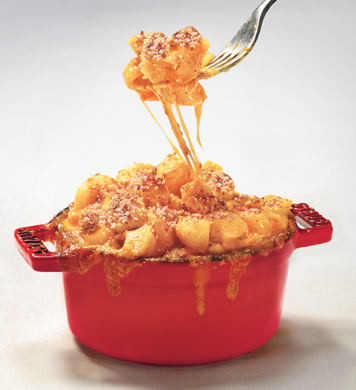Photo credit: Michael Whiteman
Asheville is a lovely town in North Carolina where hipsters meet farmers, artists meet artisans, street food meets street people, and where adventurous restaurants lure masses of hungry tourists. With an influx of Floridians escaping the heat and New Yorkers escaping the cold, it feels less “southern” and more small-scale cosmopolitan.
On business a few weeks back, I took in both its thriving arts scene and its far-reaching gastronomic offerings. I say far-reaching because (for example) you can queue for a biscuit as big as your fist at Biscuit Head, filled with regionally appropriate salty country ham buffered by a fried green tomato, some cheese, a runny egg and one of seven gravies. But this is no sloucher place — on the menu are: sriracha slaw, smoked chevre grits, kale salad, seitan sausage, brie, and smoked tomato hollandaise. There’s a stupendous marmalade bar with at least a dozen varieties of freshly-made jams to pile onto your still-warm biscuit.
At the other end of the gastro-spectrum is Curate, an always-crowded tapas restaurant run by (now famous) chef Katie Button who rose to stardom after working under José Andrés and Ferran Adrià. You’ll find a deep list of authentically Spanish dishes and a curated assemblage of Spanish sherries and wines. Don’t miss warm octopus with Spanish paprika and silken Yukon gold puree; spicy chorizo wrapped in a crisp potato chip; Moorish-spiced lamb skewer; patatas bravas (a must-have) and Spanish tortilla (a classic potato-and-onion omelet). Curate has an open kitchen with a bar-counter where you can watch a dynamo of cooks turning out small plates and excellent cocktails.
White Duck Taco’s food is equally worldly. Non-traditional fillings include Bangkok shrimp, jerk chicken, Korean bulgogi, duck with mole and banh mi tofu. They’re cheap so order lots for lunch, then walk off your meal by exploring numerous nearby galleries and workshops in the River Arts District. There’s also a branch downtown.
Not easy to find, but so worthwhile is The Bull and Beggar, which abuts the yellow-ish, hipster-ish, biker-ish Wedge Brewery, with an outdoor cinema and food trucks serving creative snacks to the assembled thirsty. The menu at rustic Bull and Beggar looks “frenchified” with terrines, rillettes and shellfish platters, but it is a rock-solid restaurant run by an extraordinarily talented chef. You’ll want one of everything, but we reveled in chef Matt Dawes’ fatted, truffled duck liver parfait; charred octopus with a memorable romesco sauce; seared broccolini with chili and anchovy; beets with fromage blanc and cumin; and roast baby chicken with wild mushrooms, red currants, game chips, upland cress and liver toast. Quirky, wonderful wine list.
Formerly chef at much-lauded Blackberry Farm in Tennessee, where he re-invented Southern cookery, John Fleer now runs Rhubarb in Asheville. Rhubarb specializes in boldly flavored dishes that range across the globe. Roasted oysters with country ham and greens, Mongolian lamb ribs with collard green kimchee, rhubarb glazed duck confit with sweet potatoes Anna and shaved asparagus, and IPA-marinated cauliflower steak with flageolet cassoulet and arugula pesto (Whew! The ingredients just keep coming). Well organized wine list that’s easy on the wallet.
The Bull and Beggar, Rhubarb and many others in town get their vegetables and greens from Evan Chender’s Culinary Gardener, which I wrote about two weeks ago.
Barbecue addicts can’t do better than 12 Bones, on the edge of the arts district. A big smoker out back slowly transforms all manner of protein into redolent and succulent barbecue sandwiches or platters. A go-to sandwich is Hogzilla, a layering of sugar bacon, bratwurst, pulled pork and pepper jack cheese. Although I can’t quite wrap my mind around the concept, blueberry-chipotle is their most ordered sauce.
Here’s how to start a perfect evening: Head over to Battery Park Book Exchange in the Grove Arcade. This quirky used-book store contains a lovely champagne bar with a large by-the-glass selection and comfy places to sit, sip and snack.
Here’s how to end a perfect evening: Climb the stairs to Nightbell, a restaurant-lounge run by Katie Button. Signature cocktails are perfect and desserts are first-rate.
And here’s how trendy Asheville is: The menu at Table includes barbecued fish collars, asparagus chawanmushi, and striped bass with nasturtium butter. All Souls Pizza mills it own flour and offers hand-cut rye noodles with fermented turnips and charred spring onions, and smoked sardines with salsa verde. Curate’s menu tells you which dishes are vegan or gluten- lactose- and tree-nut free. At the hot Mexican restaurant Limones, your “Mayan margarita” glass is crusted with chapulin salt, “chapulin” made of dried, ground crickets. Down at a nearby farmers market, Cricket Girl sells cricket-based protein bars and is aiming for veggie packed smoothies thickened with her insect protein-flour combination. Toto… we’re not in Brooklyn anymore.






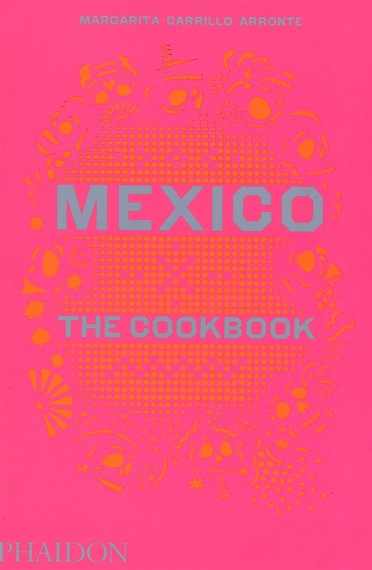

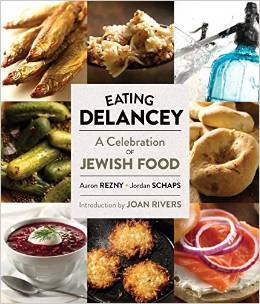


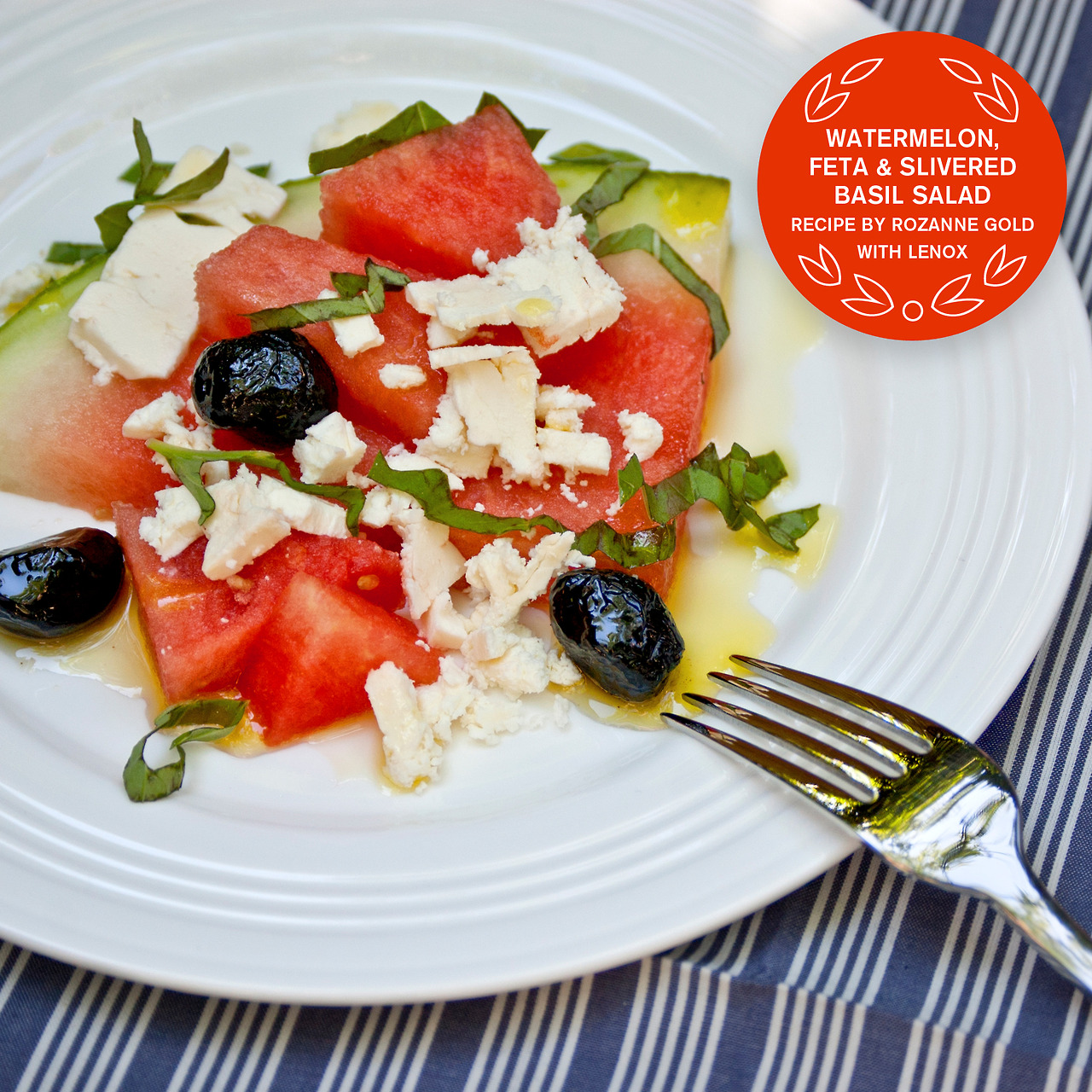 While these sparkling recipes are designed for July 4th fireworks, they are perfect for entertaining all summer long. Three cheers for the red, white, and blue! Hope you have a festive holiday weekend.
While these sparkling recipes are designed for July 4th fireworks, they are perfect for entertaining all summer long. Three cheers for the red, white, and blue! Hope you have a festive holiday weekend.





